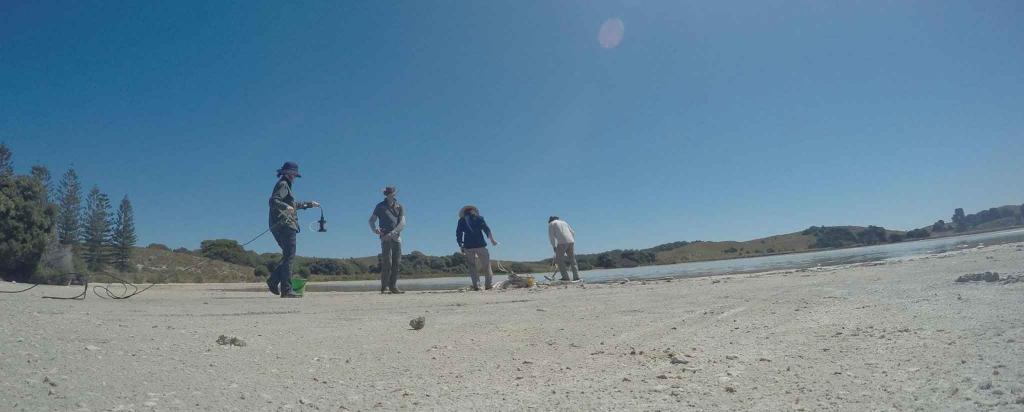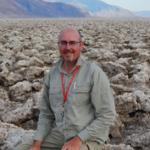
Groundwater
ANSTO water researchers use nuclear analytical tools and techniques that are based on changes in isotopic tracers in order to:
- characterise water masses
- determine key water balance and flow parameters
- determine connectivity between surface water, groundwater and aquifers
- determine groundwater ages
- estimate sustainable groundwater yields.
Isotopic methods are particularly useful in regions where traditional hydrological tools give ambiguous results or provide insufficient information.
These methods are being used increasingly to assess the validity of regional models and assess mixing of groundwater resources. This is particularly important for areas under conflicting land use development.
ANSTO can contribute to better definitions of groundwater recharge rates, mixing, and recharge processes.
In addition, water researchers can monitor groundwater extraction to assess sustainability.
Groundwater managers can use dating of groundwater using tritium, radiocarbon and chlorine-36 as an independent tool to assess sustainability.
These measurements of age provide critical information about how quickly an aquifer is replenished or recharged.
The monitoring of water age fluctuations help to avert adverse or beneficial extraction trends in an aquifer to ensure sustainable extraction.
